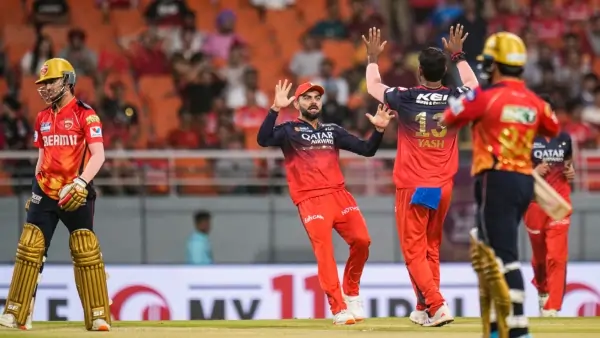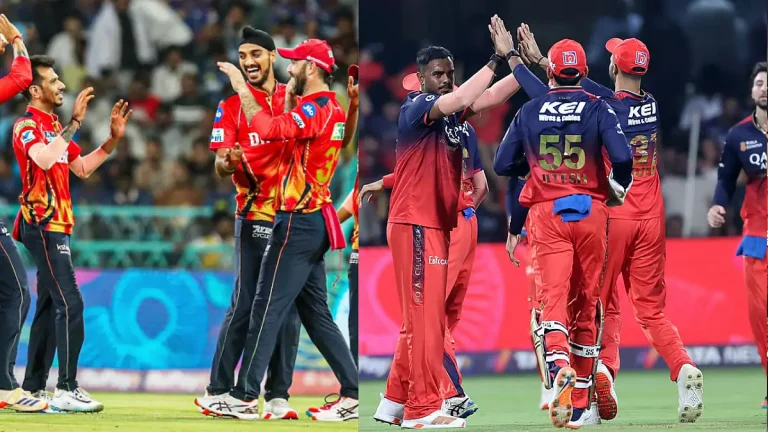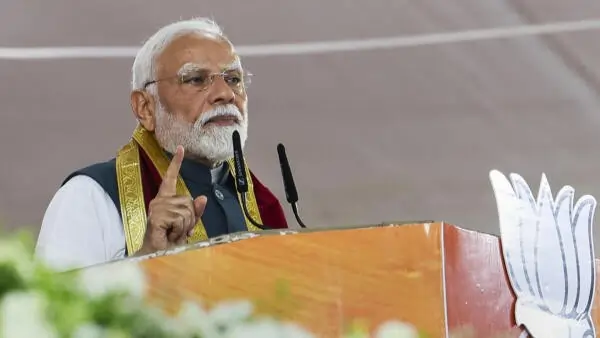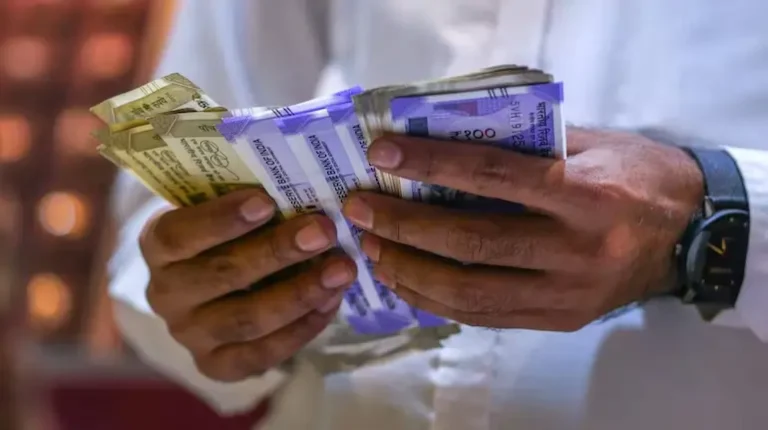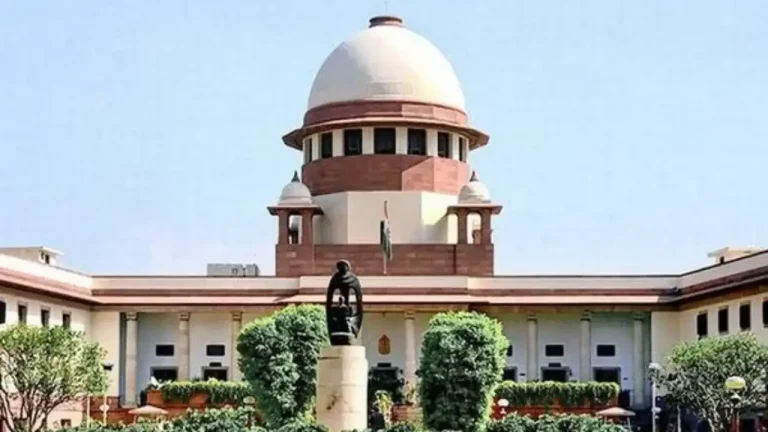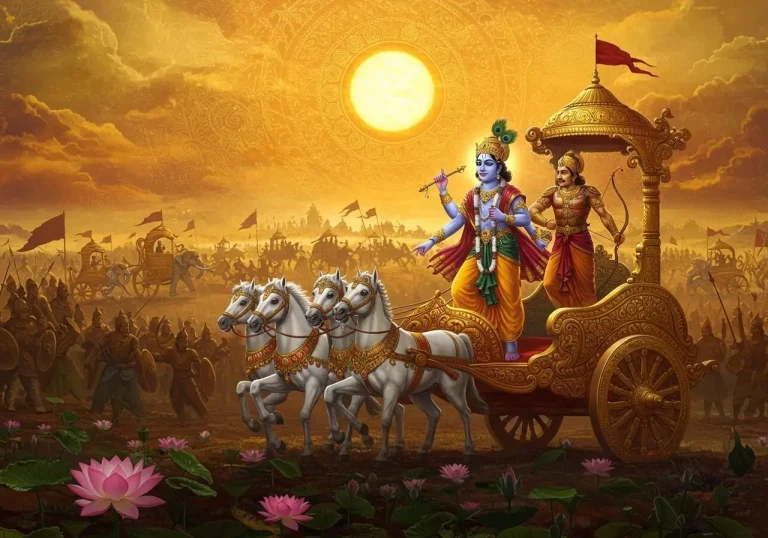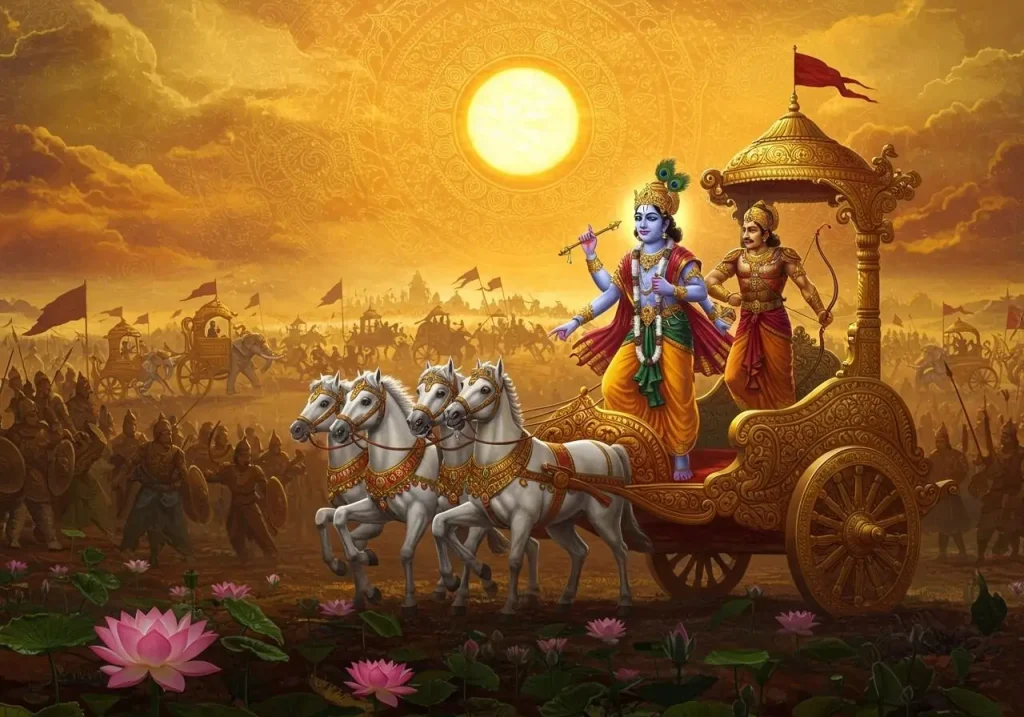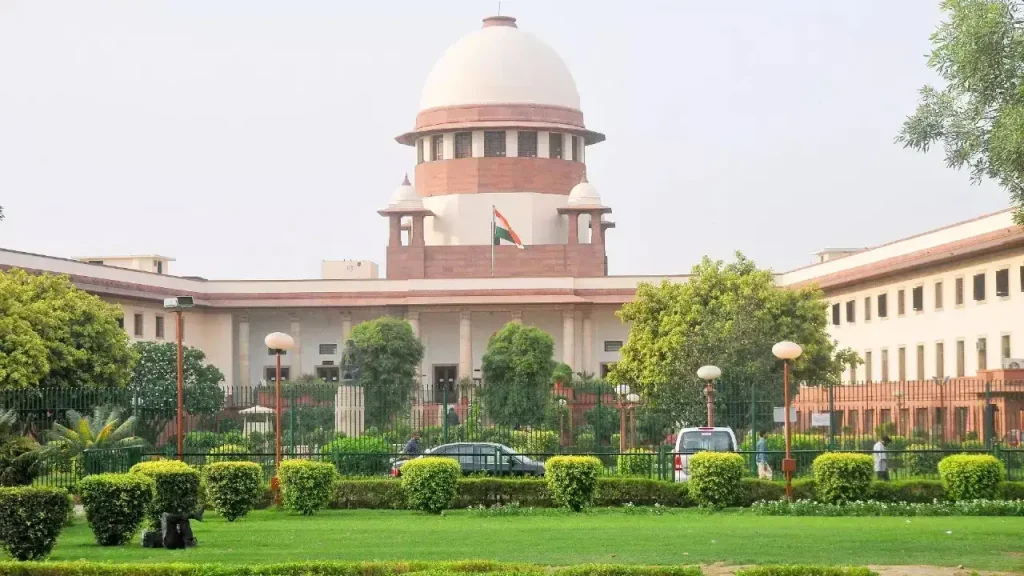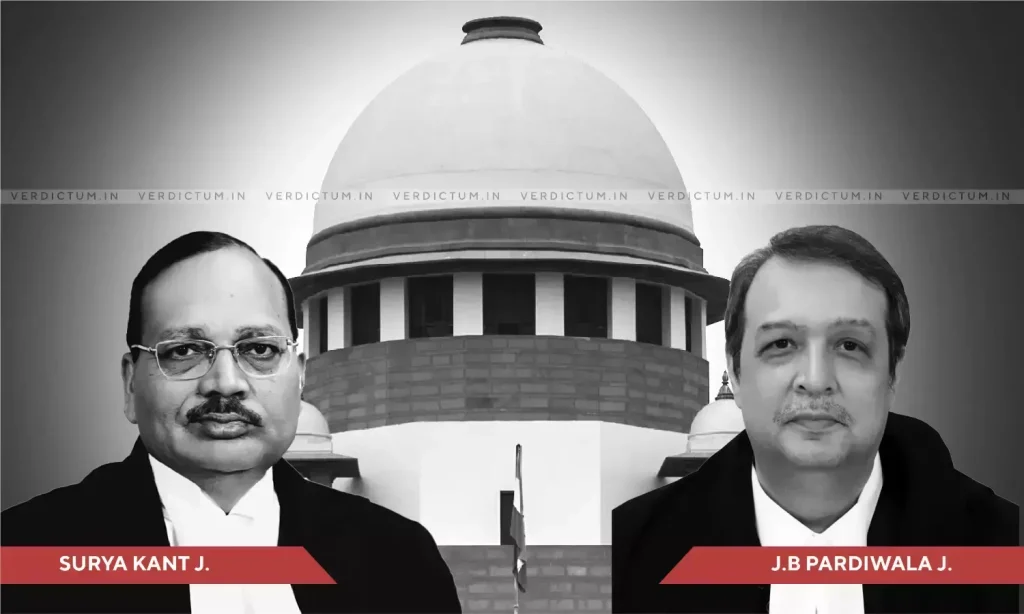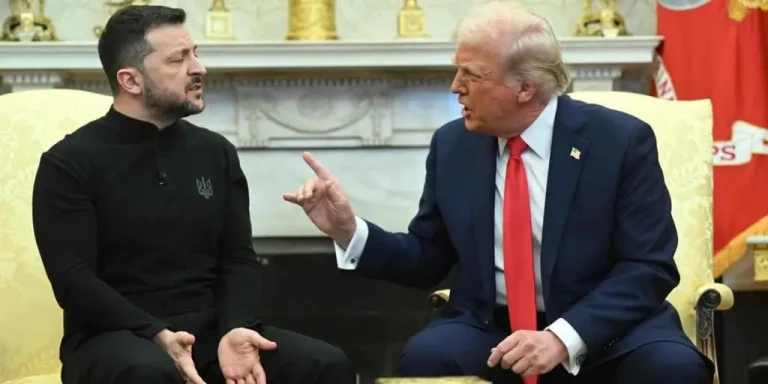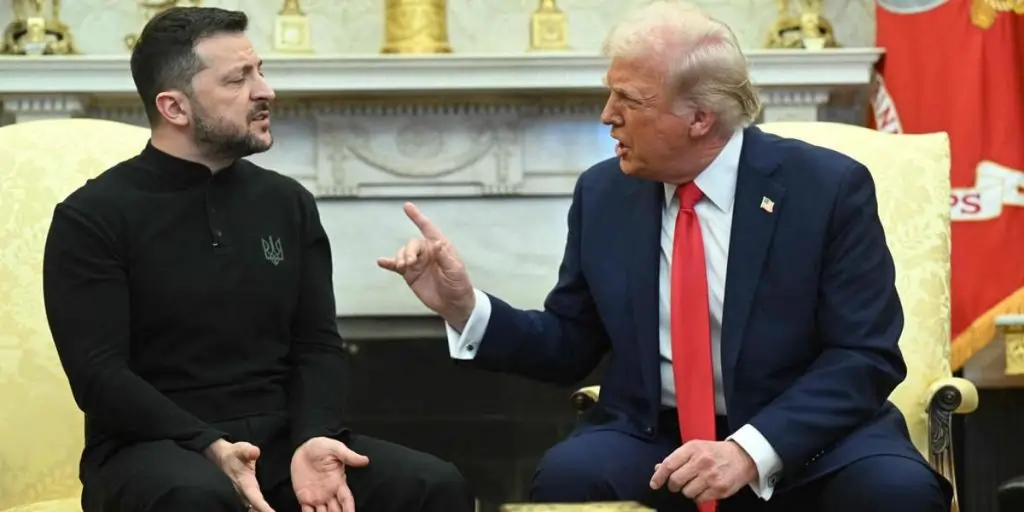In a high-stakes encounter at the Maharaja Yadavindra Singh International Stadium in Mullanpur, Royal Challengers Bengaluru (RCB) delivered a dominant performance to defeat Punjab Kings (PBKS) in the first qualifier of IPL 2025.
Opting to bowl first, RCB’s bowlers dismantled the PBKS batting lineup, bundling them out for a paltry 101 runs in just 14.1 overs. RCB chased down the target comfortably, securing their place in the IPL 2025 final.
Toss and Team Changes
RCB captain Rajat Patidar won the toss and chose to field first, a decision that paid off handsomely. RCB made a significant change by bringing back Australian pacer Josh Hazlewood into the playing XI, replacing Nuwan Thushara.
PBKS, on the other hand, had to make a forced change as Marco Jansen returned to South Africa for national duties, leading to the inclusion of Azmatullah Omarzai in the lineup.
PBKS Innings: A Batting Collapse
PBKS’s innings was marred by a dramatic collapse, with the team losing wickets at regular intervals. RCB’s bowlers were relentless, exploiting the conditions effectively.
Key Performances:
- Josh Hazlewood: The Australian pacer made an immediate impact, taking 2 wickets, including the crucial dismissal of PBKS captain Shreyas Iyer.
- Yash Dayal: Complemented Hazlewood well, also claiming 2 wickets and maintaining pressure on the PBKS batsmen.
- Suyash Sharma: The young spinner was the standout performer, taking 3 wickets in a single over, effectively sealing PBKS’s fate.
PBKS’s top order failed to build any momentum, with only Marcus Stoinis showing some resistance, scoring 26 runs. The team was eventually bowled out for 101 runs, marking one of the lowest totals in IPL playoff history.
RCB’s Chase: Clinical and Composed
Chasing a modest target, RCB’s openers provided a solid start. Despite losing Virat Kohli early to Kyle Jamieson, Phil Salt played a blistering innings, scoring 49 runs off just 22 balls, guiding RCB to a comfortable victory.
Notable Contributions:
- Phil Salt: His aggressive approach ensured there were no hiccups in the chase.
- Rajat Patidar: The captain anchored the innings, ensuring RCB reached the target without further setbacks.
RCB achieved the target in just 8.1 overs, winning the match by 8 wickets and securing their spot in the IPL 2025 final.
Scorecard Summary
Punjab Kings (PBKS): 101 all out in 14.1 overs
- Marcus Stoinis: 26 runs
- Josh Hazlewood: 2 wickets
- Yash Dayal: 2 wickets
- Suyash Sharma: 3 wickets
Royal Challengers Bengaluru (RCB): 102/2 in 8.1 overs
- Phil Salt: 49 runs
- Rajat Patidar: 30* runs
Reactions and Highlights
- Virat Kohli’s Celebration: Kohli’s animated celebration after the win went viral, with his wife Anushka Sharma’s reaction also garnering attention on social media.
- Preity Zinta’s Reaction: PBKS co-owner Preity Zinta was visibly shocked by the team’s performance, a moment that resonated with fans online.
Implications for the Tournament
RCB’s emphatic win not only secures their place in the final but also sends a strong message to their potential opponents. Their bowlers are in top form, and the batting lineup looks solid.
For PBKS, this loss is a significant setback. They will now have to regroup quickly and prepare for the Eliminator match, where they will face the winner of the Eliminator to keep their title hopes alive.
RCB’s comprehensive victory over PBKS in the IPL 2025 Qualifier 1 showcases their strength and readiness for the final. With both bowling and batting units performing exceptionally, they are strong contenders for the title.
PBKS, meanwhile, will need to address their shortcomings and bounce back in the Eliminator to keep their championship dreams alive.

